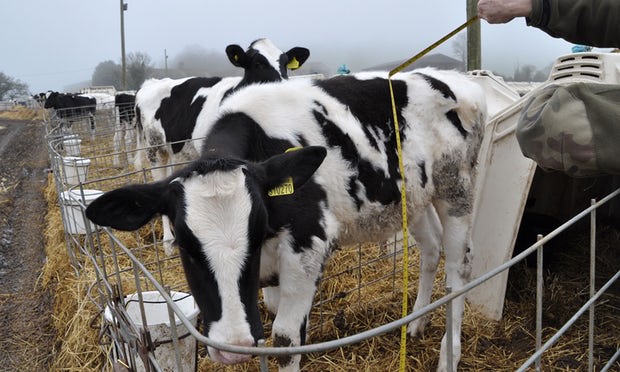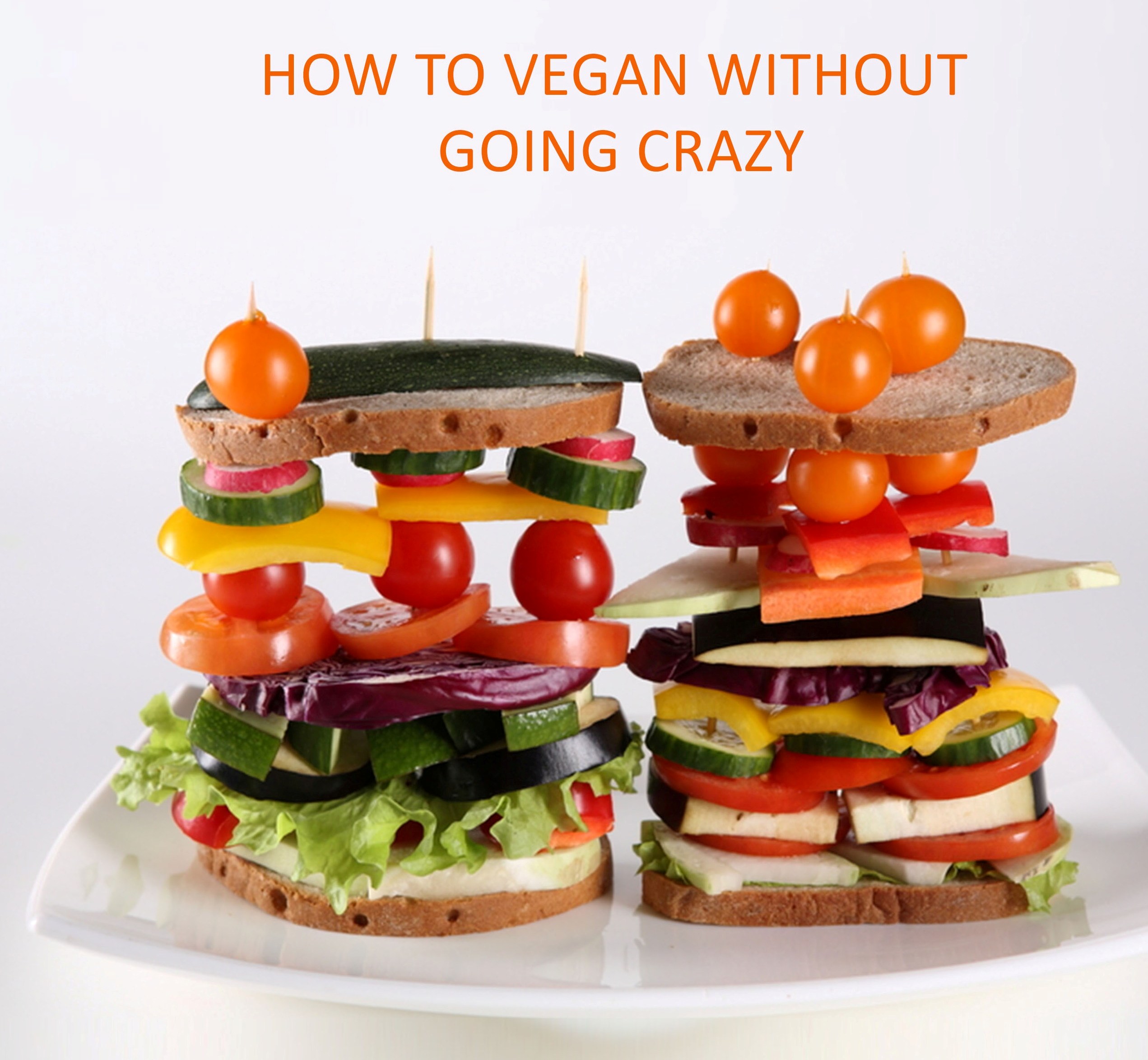For those who think that dairy farming provides a romantic view of happy maidens milking their smiling cows this article might be shocking news. The fate of a cow is completely dependent on its gender. After giving birth a calf is being taken away from its mother for the reason of giving milk to you and not to the calf. If the young baby cow is male, it might even be killed immediately or raised a few more months for veal. If it’s female, it is going to face the same fate like its mother. Read on to learn more about the cruel practices on a dairy farm.
Photographs of industrial rows of cramped pens, each imprisoning a solitary calf, will shock those who still believe in the fairytale of the pastoral dairy farm, where blushing maidens milk smiling cows. Welfare legislation says that calves should only be held in solitary pens until they are eight weeks old, but Animal Equality claims that the battery calves it photographed at Grange Dairy in Dorset are up to six months old – too large for their hutches– and say that some have grazes on their backs. But trading standard officers say there is no evidence of any breach of animal welfare requirements. Marks & Spencer, which sells milk from the farm, said it was “disappointed” to see the report, but it has refused to drop the supplier.
Upsetting as the story is, what happens elsewhere in the dairy industry amounts to systematic cruelty. In reality, the daily practices of most dairy farms are more distressing than those of meat production. A mother cow only produces milk when she gets pregnant. So, starting from the age of 15 months, she will usually be artificially inseminated. Farmers mechanically draw semen from a bull, and then force the female cow into a narrow trap, known as a “cattle crush”, where they will brutally impregnate her.
When she gives birth, her calf will typically be removed within 36 hours, so the farmers can steal and sell you the milk that is meant for her baby. Wildlife experts say that a strong bond between cow and calf is formed quickly after birth. Following that callous separation, the mother will bellow and scream for days, wondering where her baby is. The answer depends on the gender of the calf. If male, he will probably either be shot and tossed into a bin, or sold to be raised for veal, which delays his death by just a matter of months. But if the calf is female, she will usually be prepared for her own entry into dairy production, where she will face the same cycle of hell that her mother is trapped in: forced impregnation, the theft of her baby, and a return to the cattle crush two or three months later.
For at least six months of the year, she will often be confined inside dark sheds. But a growing number of dairy farms in Britain use a “zero-grazing system” in which cows spend their entire lives indoors, in increasingly intensive structures.
Read the full article here: theguardian.com







